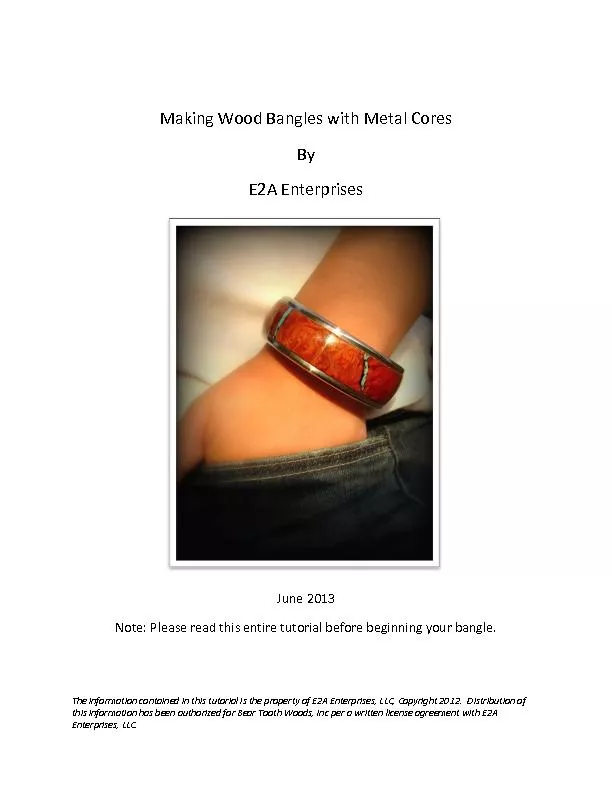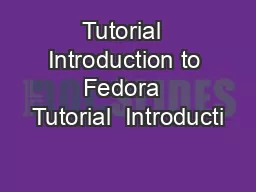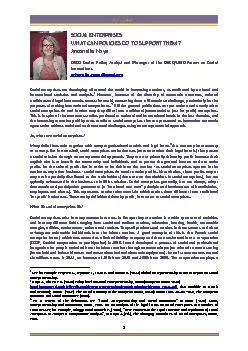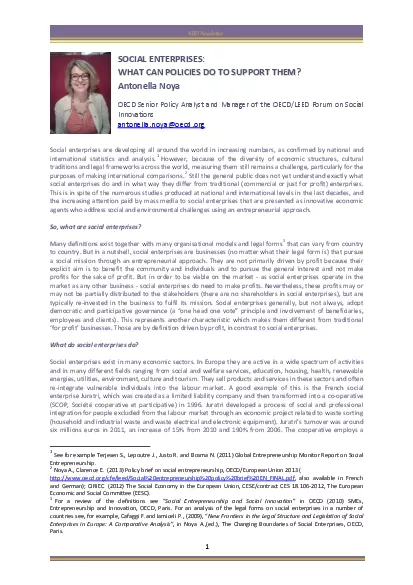PDF-The information contained in this tutorial is the property of E2A Ente
Author : conchita-marotz | Published Date : 2016-05-13
Distribution of this information has been authorized for Bear Tooth Woods Inc per a written license agreement with E2A Enterprises LLC Making Wo o d Bangles with
Presentation Embed Code
Download Presentation
Download Presentation The PPT/PDF document "The information contained in this tutori..." is the property of its rightful owner. Permission is granted to download and print the materials on this website for personal, non-commercial use only, and to display it on your personal computer provided you do not modify the materials and that you retain all copyright notices contained in the materials. By downloading content from our website, you accept the terms of this agreement.
The information contained in this tutorial is the property of E2A Ente: Transcript
Download Rules Of Document
"The information contained in this tutorial is the property of E2A Ente"The content belongs to its owner. You may download and print it for personal use, without modification, and keep all copyright notices. By downloading, you agree to these terms.
Related Documents














